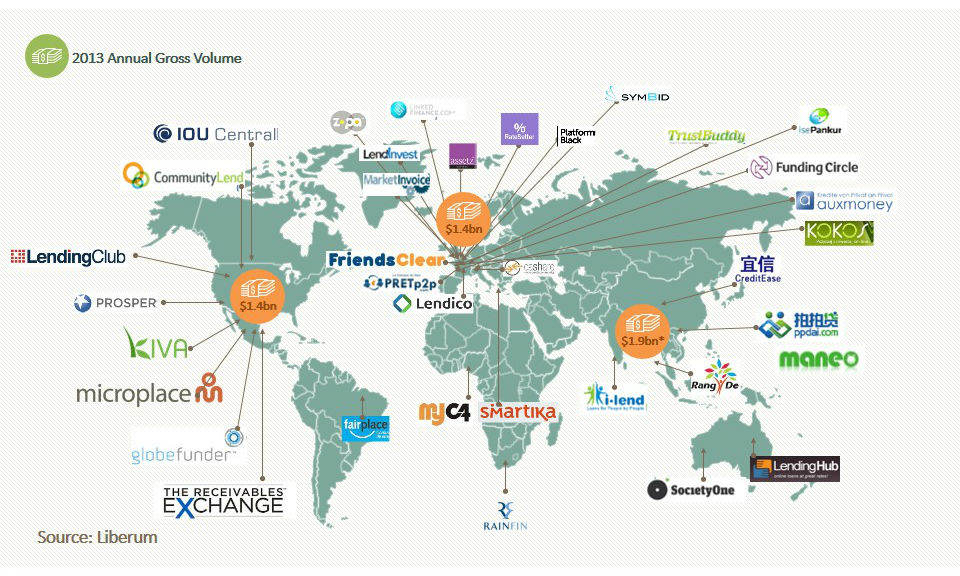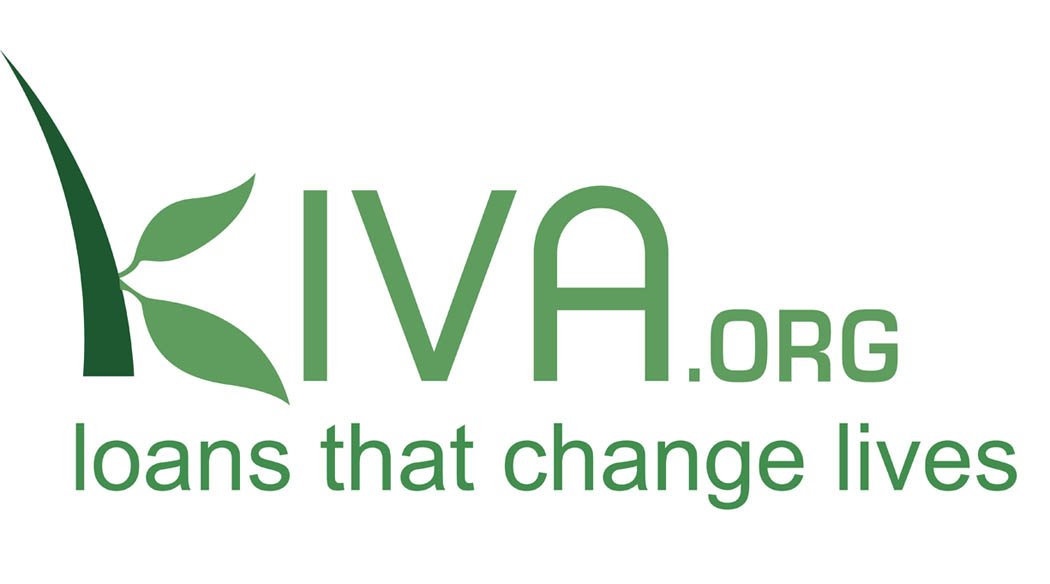
One of the most ingenious models of financial lending that has developed over the last decade is that of the peer-to-peer economy. A decentralised model that allows individuals to lend and borrow directly with other individuals without the intermediation of a third-party is commonly referred to as the P2P market. It is the cornerstone of what has recently been catching wind as the Sharing Economy. In the everyday world, this translated to providing services that bring together people and/or businesses without the presence of a slow and expensive middle man. The number of services that are run on such models today is staggering. From AirBnB to Kiva, Craigslist to BlaBlaCar, eBay to VoulesVouzDiner and Bitcoin to Betfair, most of our everyday services can be provided for by these p2p services. Interestingly, p2p services don’t just end here, but also extend to the modern fintech sector with Morgan Stanley recently predicting the p2p lending economy to be worth $290 Billion by 2020. What this boils down to is the fact that the provision of platforms for individuals to directly interact with one another on an instant gratification need basis is the future of lending and borrowing.
What makes the P2P markets such an attractive option for users today is primarily based in the value they receive for the money they spend. By reviewing different business models in specific sectors, one can see how this happens. Let’s take the example of CurrencyFair, a platform widely used by expatriates working or living abroad as well as businesses dealing across borders. CurrencyFair’s peer-to-peer currency exchange allows people to cut out the middle man to get the best possible exchange rate for various currencies, whilst avoiding expensive and often hidden bank charges. P2P marketplaces are generally more convenient and equipped with the best interface and technology that provides the most ideal and friendly user experience. Another lucrative P2P service is that of travel based home rental services, the most famous of those being AirBnB.

However, another interesting market is that of swapping homes at the Love Home Swap, where over 53000 members get the option of swapping homes for holidays in a plethora of destinations around the world. This saves thousands on accommodation costs for pre-planned vacations, or allows you to plan a whole trip around the facility itself!
These recreational uses of the P2P marketplaces are one of the more engaging and exciting applications of it. Other utilitarian applications that are gaining a lot of ground now are those of establishing temporary relations between individuals requiring similar services at a specific point in time. Such models are put into practice by apps like BlaBlaCar that connects drivers who have empty seats with people looking for a ride through the largest car share service in Europe.

Not only does this reduce the overall footprint of a population drastically, it reduces congestion, traffic and time delays. Finally, even humanitarian causes that may go a far away in alleviating worldwide problems are aided by the P2P marketplace.

Take Kiva, for example, a wonderful peer-to-peer micro finance website that aims to alleviate poverty by allowing everyday people in developed nations to finance budding entrepreneurs in developing nations. Kiva allows you to make a loan to an entrepreneur across the globe for as little as $25. It is the world’s first online lending platform connecting online lenders to entrepreneurs across the globe. It may be far-fetched to suggest that poverty shall be alleviated through such models, but one is sure to state that by providing the power of change in the individual’s hands, a lot can be achieved throughout the world regardless of what the political and financial climates are.
Undoubtedly, the P2P marketplaces are making strides in every sector, and more of the same can be expected as lenders and borrowers move towards adopting the means of the modern fintech economy. The United States and United Kingdom have been the pioneers in developing the P2P economy as a whole, with growth rates exceeding 100% in the past 5 years. As the volumes of users increases, the available volumes of funds are set to rise, yielding a greater deal of opportunities for anybody that has access to the internet. However, increasing volumes with an automatic the risk factor associated with the economy; fraudulent initiatives aimed at duping people to allocate funds for causes that do not exist in actuality is one of the ways in which the lack of monitoring leads to problems. However, with an origination growth averaged at at least 51% every year, one can expect the P2P economy to build from strength to strength.

The challenges that entrepreneurs face now, however, are different from those that were the first-movers within the industry. Just tagging your company as the ’Uber of x’ is not going to get you anywhere. The mysticism attached to the nascent stages of the developmental phases of the economy are far gone, and the volumes that companies must operate upon are much larger than they used to be. Add to this the scope of competitive platforms trying to achieve the same, and you find yourself in a battle of the innovators and the intellectuals. With the users gaining knowledge and having niche demands as we move forward, entrepreneurs bring to make a mark will have to excel in their roll-outs. Nonetheless, what is assured is the fact that the P2P economy has set the perfect climate for the interplay of technology, innovation, intellect and simplicity, to come up with fresh and interesting marketplaces for the exchange of the most basic as well as complex needs, requirements and products.
